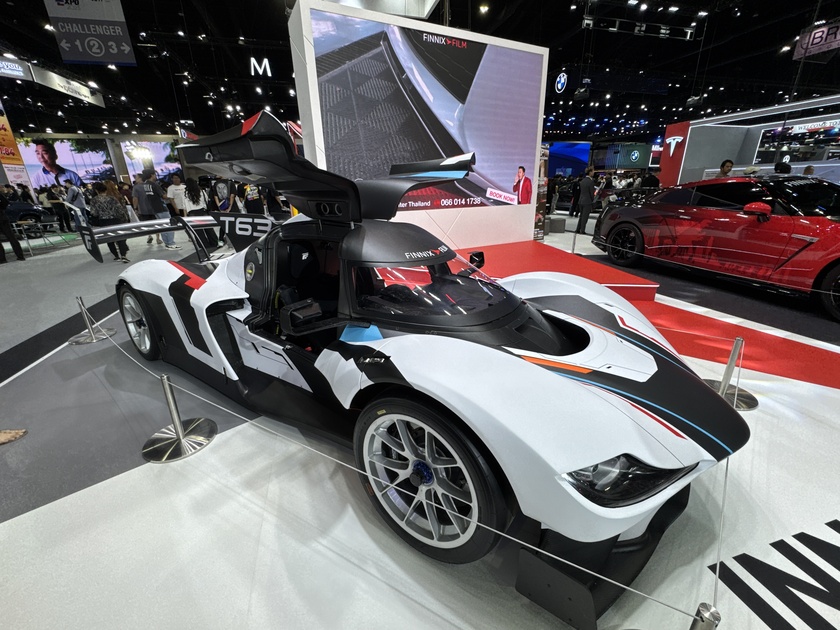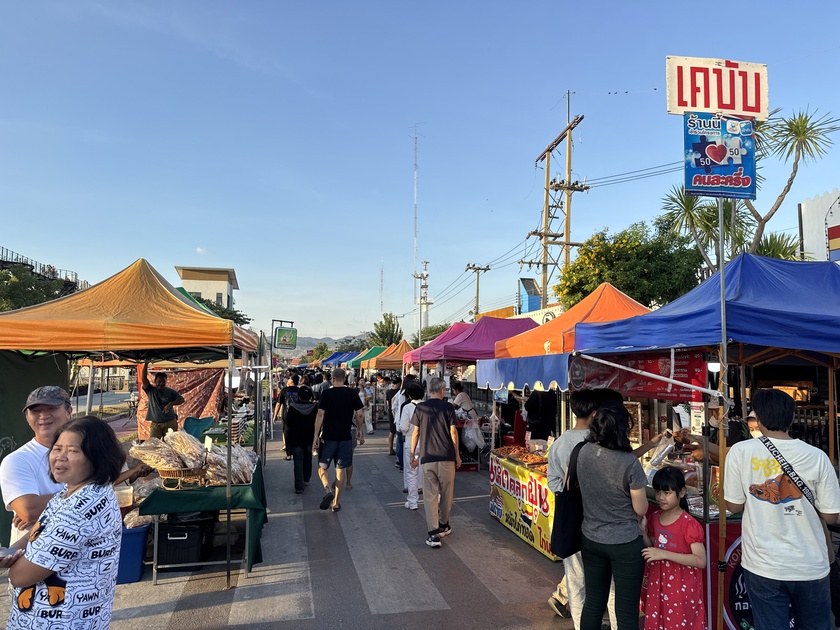Wat Chaiyo or Wat Ket Chaiyo was built during the Ayutthaya Period. It became important during the reign of King Rama IV. The venerable Somdet Phra Phutthachan (To Phromrangsi) of Wat Rakhang Khositaram built the large Buddha image in a subduing Mara gesture and placed it outdoors. However, the image collapsed soon after construction. He re-built it in the same pose but smaller, covered it in plaster and without gold leaf. As the image could be seen from far, the villagers called it Luangpho To (meaning huge image). Further temple restoration during the reign of King Rama V the Buddha image collapsed again. The King ordered the renovation of the image with steel bars inside. The new image was covered in gold leaf and monks’ robes and was given the new name by King Rama V the Great “Phra Maha Phutthaphim”. A new main chapel was constructed to house the image. Upon completion, King Rama V the Great established the temple as one of the royal temples.
To pay respect to Luangpho To, ...
One of the most delightful flower festivals in Thailand, the Suanluang Rama IX Flower Festival is taking place again this year from 1-10 December, 2024. In addition to countless flowers the park hosts a floating market offering trafitional foods and crafts in cooperation with the TAT.
Suan Luang Rama IX สวนหลวง ร.๙, also referred to as King Rama IX Park, is a public park in Bangkok's Prawet District. With an area of 500 rai (200 acres), it is the largest park in the city.
The park was built to celebrate King Bhumibol Adulyadej's sixtieth birthday in 1987, and was opened by the King on 1 December that year. It features extensive botanical gardens, a lake, and a pavilion housing exhibits in honor of the King.
It is a beautiful area and a great break from the hustle and bustle of the city. The park is a great green spot to enjoy the wildlife and nature of the tropics. Countless flowers and trees are there to be photographed.
Suan Luang Rama IX Flower Festival 2025 - ...
The 42nd Thailand International Motor Expo 2025
The Thailand International Motor Expo (commonly known as Motor Expo) is Southeast Asia’s premier automotive showcase, featuring the latest in cars, motorcycles, boats, aircraft, motorsport gear, auto parts, car audio, and accessories.
The 2025 edition, themed “The Magnificent Motor Expo,” runs from November 29 to December 10, 2025, at IMPACT Challenger Halls 1–3 in Muang Thong Thani, Nonthaburi (a northern suburb of Bangkok). With over 42 brands from 8 countries participating, it’s a massive event that attracts around 1.5–2 million visitors annually, blending cutting-edge tech, test drives, and exclusive deals.
Over 42 automotive brands, including AION, Audi, BMW, BYD, Chery, Ford, Honda, Hyundai, Isuzu, Jeep, Kia, Lexus, Mazda, Mercedes-Benz, MG, Mitsubishi, Nissan, Porsche, Suzuki, Tesla, Toyota, Volvo, and Chinese EV giants like XPeng and Zeekr. Plus, independent tuners like M’Z Speed for custom mods.
Heavy emphasis on electric ...
Night markets are part of Thai culture and it’s a great way for friends and family to meet up for dinner or snacks away from the heat of the day.
Each Saturday evening a huge walking street night market opens next to the skywalk on the River Kwai in downtown Kanchanaburi. It’s about 1km of shops selling everything from local snacks to clothing and much more.
It’s known as Kanchanaburi Walking Street and Song Kwai Night Market. It is a popular place for the locals and tourists to spend an evening. Prices are very reasonable and it’s a must see if you are in the area.
Kanchanaburi Walking Street Night Market - Song Kwai Market - Thailand 2025




















































